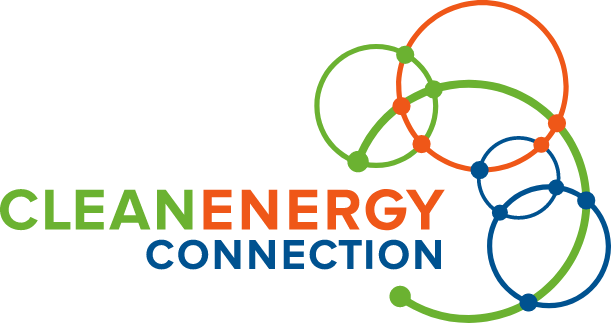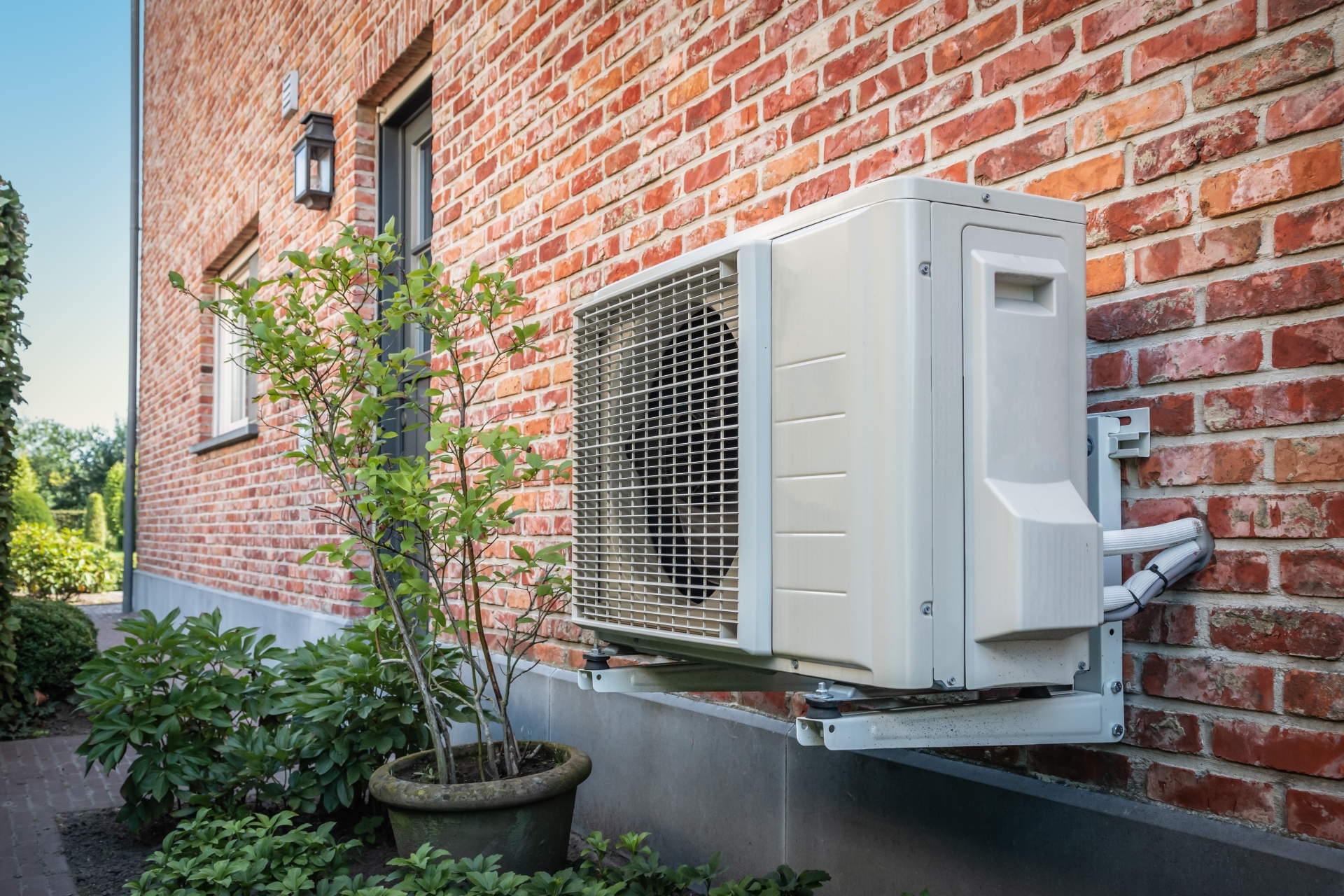Unless you’re a big news junkie, you may have assumed that the recently-passed Inflation Reduction Act doesn’t have much to do with climate or energy efficiency.
But actually, despite the confusing name, this legislation is the most significant law aimed at reducing climate change ever passed in the United States. If you’re thinking about upgrading your home, the Inflation Reduction Act makes home upgrades more affordable! Here are some of the most important incentives in the IRA for homeowners interested in making their homes better for the environment and powering them with clean renewable energy.
Home Electrification, Solar, and Energy-Efficiency Incentives in the IRA
The Inflation Reduction Act of 2022 is a hefty piece of legislation—coming in at around 275 pages long with a total budget of $737 billion! It authorizes nearly $370 billion in spending to fight climate change through a variety of provisions and incentives, including:
Energy-Efficiency Tax Credits
The IRA reinstates and overhauls the little-known 25C tax credit (the Nonbusiness Energy Property Credit) for homeowners making energy-efficiency upgrades.
- Starting in 2023, the tax credit will be increased to 30% of total installation costs
- Starting in 2023, there will be a $1,200 annual cap on the credit, or $600 per measure (with exceptions noted below)
- The following upgrades qualify for the tax credit:
- Ducted heat pumps, mini-splits, and heat pump water heaters ($2,000 credit)
- Insulation and air sealing
- Energy audits ($150 credit)
- Electrical panel upgrades
- Energy-efficient windows
The Federal Solar Tax Credit
The federal solar tax credit has long been one of the best solar incentives available to homeowners adding solar PV panels. The IRA bumps the solar ITC (investment tax credit) back up to its original 30% rate (effective immediately for all projects installed in 2022) and extends the credit an additional decade at 30%.
Battery backup had been previously eligible for the solar tax credit, but only if the battery was connected to solar panels. Beginning in 2023, though, the tax credit will be available for all battery storage installations.
Energy-Efficiency and Home Electrification Rebates
Finally, the IRA creates two new rebate programs that lower the upfront costs of many energy-saving and fossil fuel-free home upgrades.
The first is the High-Efficiency Electric Home Rebate Program, which is only available for low- and moderate-income households. There is a maximum rebate of $14,000 with the following individual breakdowns:
- Heat pump water heaters: $1,750
- Ducted heat pumps and mini-splits: $8,000
- Electric stoves (including induction cooktops): $840
- Heat pump clothes dryers: $840
- Electrical panel upgrades: $4,000
- Insulation, air sealing, and fresh air ventilation systems: $1,600
- Electric wiring: $2,500
The second is the HOMES (Home Owner Managing Energy Savings) Rebate Program, which is available to single-family homeowners for any energy-efficiency upgrades that achieve a certain percentage of modeled energy savings.
- Up to $2,000 in rebates for 20-34% energy savings ($4,000 for low- and moderate-income households)
- Up to $4,000 in rebates for more than 35% energy savings ($8,000 for low- and moderate-income households)
- Energy-saving upgrades could include:
Individual states will be responsible for distributing their allocated funding for both of these programs. There’s no official announcement yet, but we’re hopeful that rebates will be available for California homeowners at some point in 2023.
Do You Need a Specific Contractor to Qualify for IRA Incentives?
Listed above are just some of the key points of the Inflation Reduction Act —as with any piece of legislation, there’s a lot of fine print! But in general, the more informed your contractor is, the better chance you have of qualifying for more savings. A qualified clean energy contractor can help you determine:
-
Which incentives you qualify for
-
Whether they can be combined with other federal, state, or local incentives
-
How you can maximize your overall savings while upgrading your home
The Clean Energy Connection is the perfect way to find experts who can help. It’s an online directory connecting California homeowners with licensed and vetted contractors who specialize in home electrification upgrades and services that lead to a more energy-efficient home. Our database is easy to filter by location, services, incentives, and more, so you can quickly and easily find a contractor you can trust. The Clean Energy Connection is 100% free for both homeowner and contractor, and we have no financial interest in who you choose to work with!


